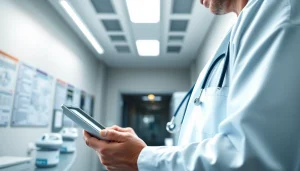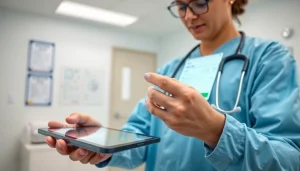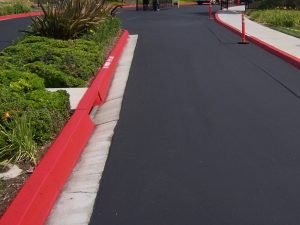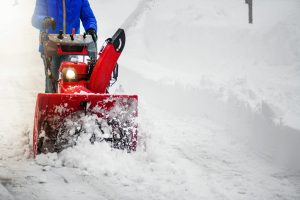Essential Techniques for CPR First Aid AED Training: Your Guide to Life-Saving Skills
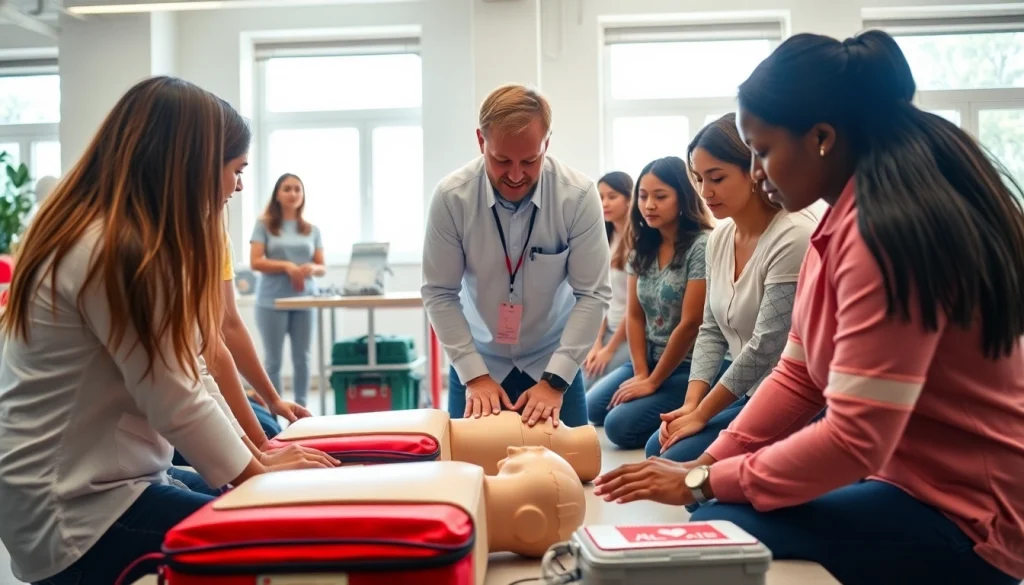
Understanding the Importance of CPR First Aid AED
In emergency situations, every second counts. The ability to administer cpr first aid aed can mean the difference between life and death. Knowing how to respond effectively not only empowers individuals but also significantly enhances community safety. This article delves into the importance of CPR, first aid, and AED skills, equipping you with the knowledge to act in critical situations.
Why CPR First Aid AED Skills Matter
Life-threatening events such as cardiac arrests, choking incidents, and serious injuries can happen at any time. According to the American Heart Association, effective CPR can double or triple a person’s chance of survival after cardiac arrest. Unfortunately, many people either lack the skills or the confidence to perform CPR when it is needed. Basic knowledge of CPR, first aid, and the use of an Automated External Defibrillator (AED) is crucial not only for medical professionals but for everyday citizens as well. Furthermore, employing these skills can reduce the severity of injuries and improve recovery outcomes.
The Role of CPR in Emergencies
Cardiopulmonary resuscitation (CPR) is a lifesaving technique used when someone’s heartbeat or breathing has stopped. Immediate administration of CPR helps maintain blood flow and oxygenation to vital organs until professional help arrives. This ‘chain of survival’ emphasizes the significance of activating emergency services quickly and starting CPR without hesitation. The average bystander may feel hesitant to act due to fear of making mistakes or encountering legal implications, but knowing the basic approach can foster confidence and, most importantly, save lives.
Legal and Ethical Considerations
There is a common misconception that individuals may face legal repercussions for attempting to save someone’s life. Fortunately, Good Samaritan laws exist in many places to protect those providing assistance in emergencies. These laws typically offer legal immunity to individuals who perform CPR and other first aid in good faith, without gross negligence. Understanding these legal protections serves to encourage more people to step up during emergencies rather than remain inactive due to fear of liability.
Basic Concepts of CPR First Aid AED
What is CPR?
CPR stands for cardiopulmonary resuscitation, a technique designed to manually preserve intact brain function until further measures are taken to restore spontaneous blood circulation and breathing in a person in cardiac arrest. The procedure involves chest compressions along with artificial ventilation. Effective CPR involves compressing the chest at a rate of 100 to 120 compressions per minute to maintain blood circulation.
The Function of an AED
An Automated External Defibrillator (AED) is a portable device used to treat sudden cardiac arrest. It analyzes the heart rhythm and, if necessary, delivers an electric shock to help the heart re-establish an effective rhythm. The AED is designed to be user-friendly; it provides audio prompts and visual instructions, allowing even those without medical training to use it confidently. Quick access to an AED can significantly increase survival rates in cardiac arrest scenarios.
Key First Aid Principles
First aid is the immediate assistance provided to injured or ill individuals. Key principles include:
- Safety First: Ensure the scene is safe for both the rescuer and the victim.
- Assessment: Evaluate the person’s condition and identify life-threatening issues.
- Communication: Clearly communicate your needs to others, particularly if calling for help.
- Comfort: Keep the injured or ill person calm and as comfortable as possible until help arrives.
How to Perform CPR Step-by-Step
Assessing the Situation
Before performing CPR, assess the situation to ensure safety. Check the surroundings for hazards, and then approach the victim cautiously. Tap the individual and shout to see if they respond. If there is no response, call for help immediately and ensure that emergency services are notified.
Making the Call for Help
Contact emergency services as soon as you determine that the individual is unresponsive. Provide clear information regarding the victim’s condition and location. If you’re working with another individual, delegate someone else to make the call while you attend to the victim.
Delivering Effective Chest Compressions
Once you’ve confirmed that the person is unresponsive and you’ve called for help, begin chest compressions:
- Place the heel of one hand on the center of the person’s chest, with your other hand on top.
- Keep your elbows straight and use your body weight to pump the chest at least 2 inches deep.
- Perform compressions at a rate of 100 to 120 per minute, allowing the chest to fully recoil between compressions.
Continue doing this until emergency services arrive or the person shows signs of recovery, such as breathing normally.
Using an AED: Instructions and Best Practices
Step-by-Step AED Usage
The steps for using an AED are as follows:
- Turn on the AED and follow the prompts.
- Expose the person’s chest and apply the adhesive pads, ensuring they are placed correctly. One pad should be on the upper right chest, while the other should be on the lower left side.
- Ensure nobody is touching the person while the AED analyzes the heart rhythm.
- If advised, press the shock button to deliver a shock.
- Continue CPR immediately after delivering the shock.
Common AED Misconceptions
The use of AEDs is often accompanied by misconceptions. One common myth is that AEDs are only for trained medical personnel. In reality, these devices are designed to be user-friendly, and their built-in voice instructions guide users through the process. Another misconception is that using an AED can do more harm than good. Evidence consistently shows that prompt defibrillation increases chances of survival, as the benefits far outweigh the risks.
Understanding AED Maintenance
Proper maintenance ensures that an AED is ready for use when needed. Regular checks should include:
- Inspecting the device for any damage or irregularities.
- Checking the battery life and replacing it as necessary.
- Ensuring that the pads are not expired and are securely stored with the device.
Following the manufacturer’s guidelines for maintenance will ensure the AED functions correctly in an emergency.
Advancing Your Skills in CPR First Aid AED Training
Finding Certification Courses
Learning CPR, first aid, and AED usage through certified courses is highly recommended. Organizations such as the American Red Cross and the American Heart Association offer classes that equip participants with the skills and knowledge needed to assist in emergencies. These courses often provide hands-on training in a supportive environment, enhancing both confidence and competence.
Staying Updated with Techniques
Medical guidelines and best practices can evolve, so it’s essential to stay informed about the latest techniques in CPR and first aid. Continuing education through workshops, refresher courses, and online resources can help ensure that your skills remain relevant and effective.
Community Resources for Further Training
Local community centers, hospitals, and non-profit organizations often provide resources for additional training. Engaging with community initiatives can also foster a culture of preparedness, promoting wider access to CPR, first aid, and AED training across populations.

